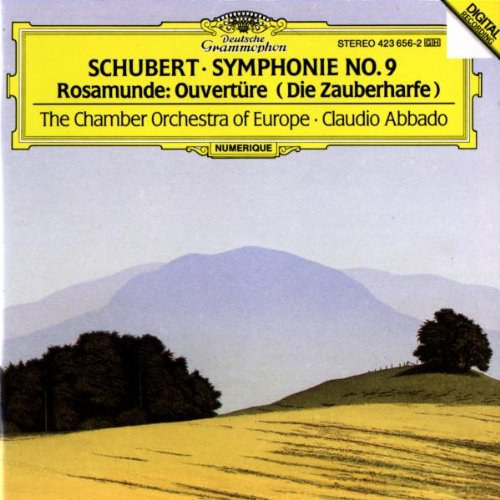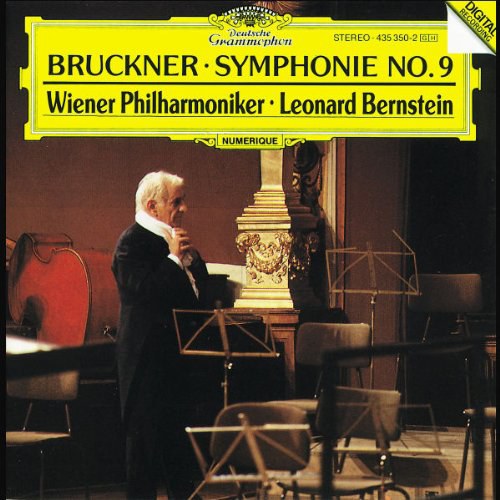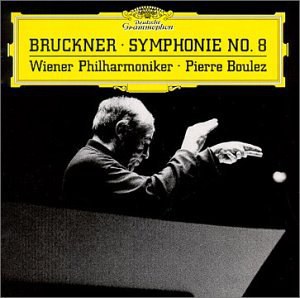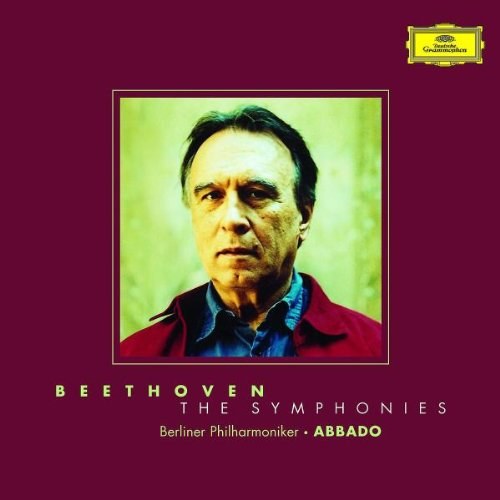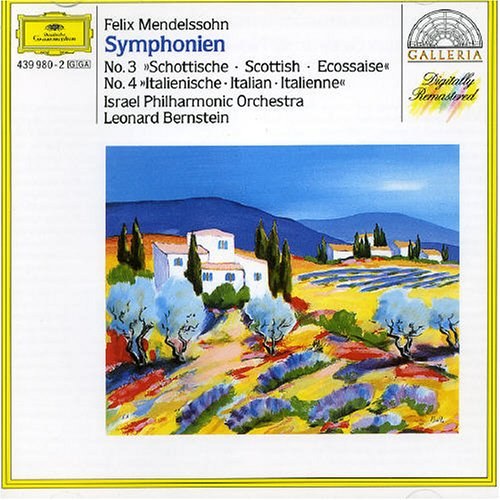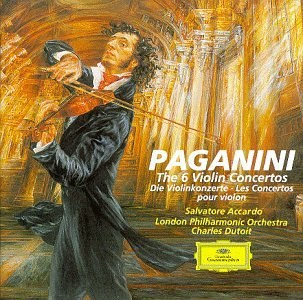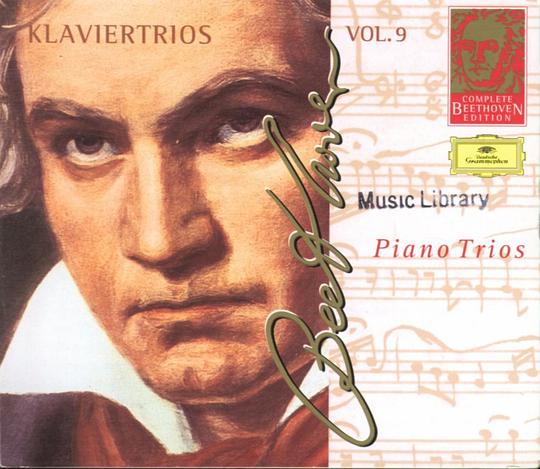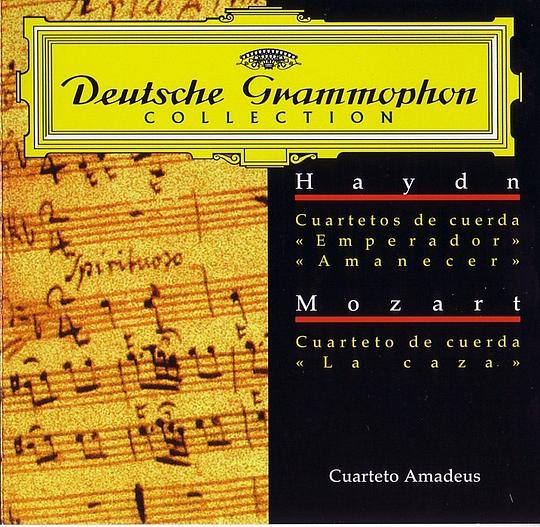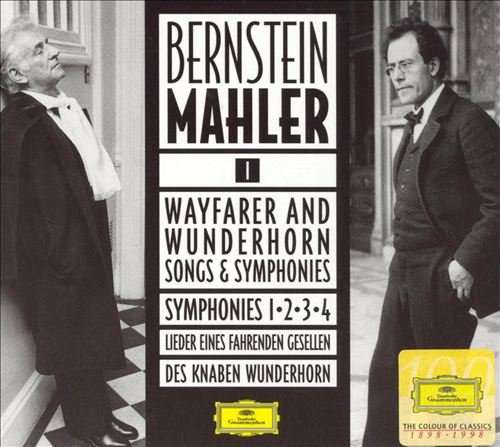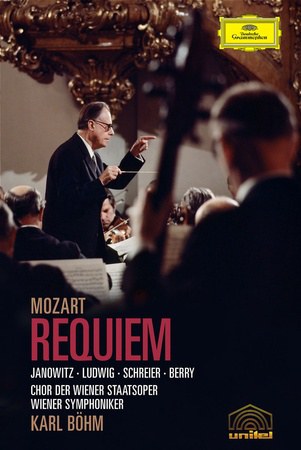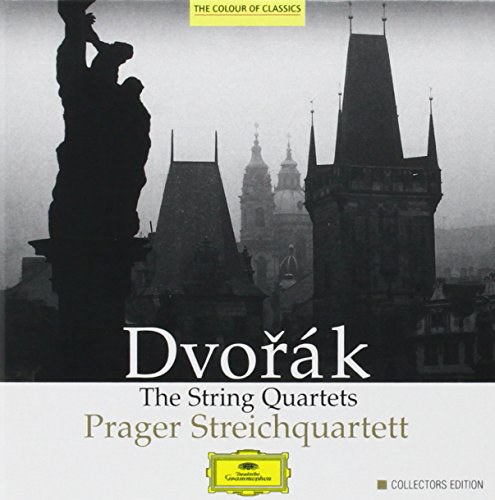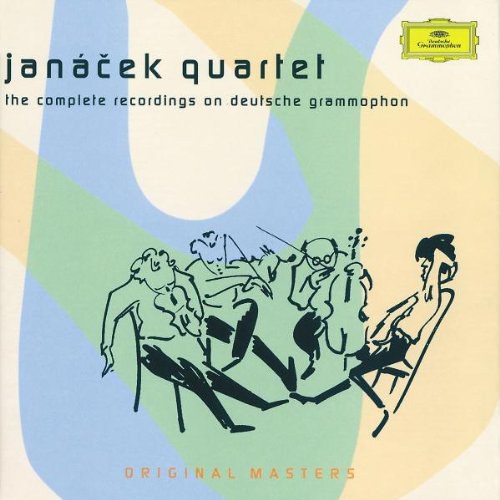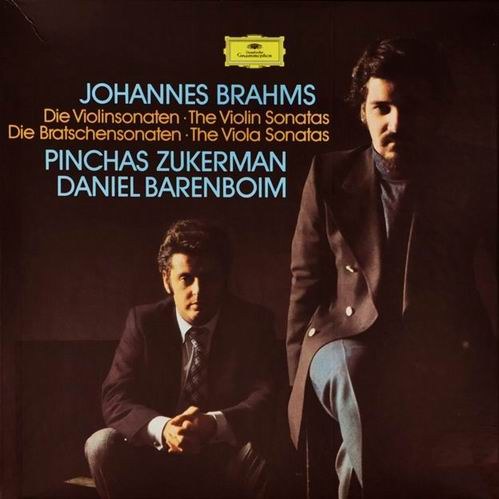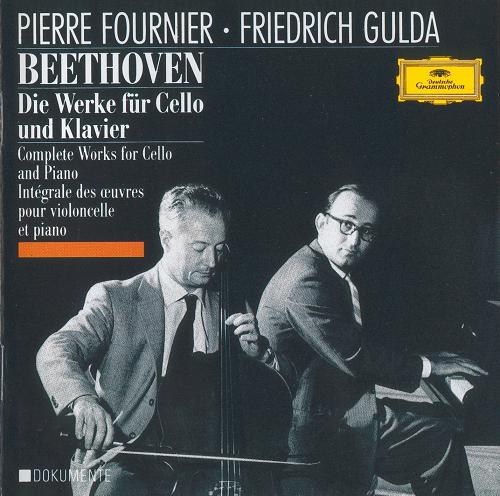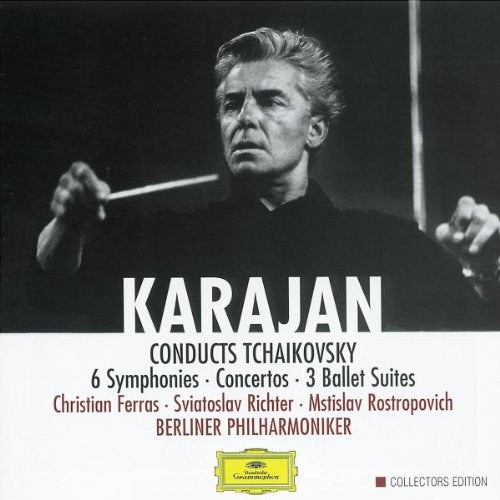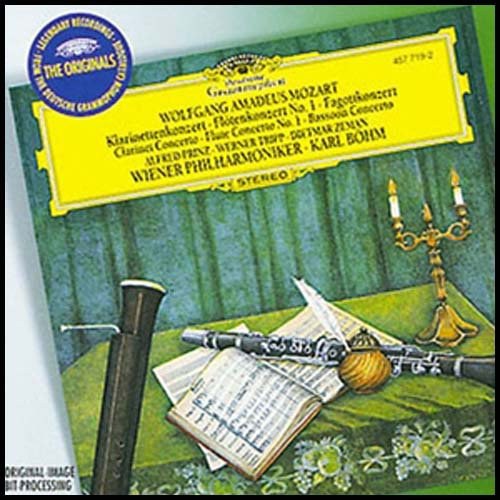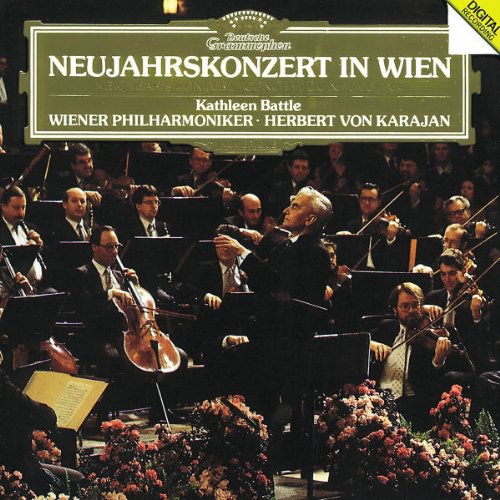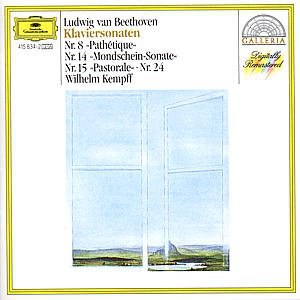L’adolescent, l’homme, le dieu” was Liszt’s description of Beethoven’s successive stages of development so patent in the 32 piano sonatas completed between 1795 and 1822, a series as remarkable for the composer’s constant quest for variety of pattern within the traditional sonata mould as his response to the challenge of the piano itself in crucial days of the instrument’s development in strength, compass and colour.
The Grande Sonate Pathetique, as its publisher first issued it, dates from 1798/99. Never before had Beethoven extracted more drama from C minor, always his most fateful key, than in the turbulent opening movement starting with an imposing Grave introduction twice recalled in the course of the sonata-form argument(like Clementi and Dussek he had already tried out a similar device in a sonata written at eleven). It is no surprise to learn from letters that already in the later 1790s he was secretly tormented by early symptoms of deafness. Assuagement comes in the idyllic, recurrent song melody of the Adagio cantabile in A flat, though tension mounts in two contrasting episodes. The finale is an urgent sonata-rondo back in the home key of C minor.
Composed in 1801, during an ill-starred romance with its youthful dedicatee, the Countess Giuleatta Guicciardi, the C sharp minor Sonata testifies to Beethoven”s tireless pursuit of formal adventure: like its predecessor in E flat it carries the subtitle “quasi una fantasia”. His boldest stroke was in opening with an Adagio sostenuto, music sufficiently hypnotic in its calm to remind the poet-critic Rellstab of moonlight on Lake Lucerne- hence the nickname appended after Beethoven’s death. For the Alegretto, a gracious old-style minuet and trio following without sharp break, Beethoven slips enharmonically into D flat major. The finale in the home key is a passionately disturbed Presto agitato in sonata form.
Following hard on the heels of the “Moonlight” in the same year of 1801, the D major Sonata reverts to a traditional four-movement sequence. The nickname “Pastoral” came frome the publisher Cranz. But the music exudes enough of the relaxationg and simple joy Beethoven always found in the country(openly confessed in the Sixth Symphony) to make it easy to believe Czerny’s contention that the sonata was one of the composer’s favourites. Repeated low Ds, like a rustic drone, support the opening tune of the sonata-form Allegro. The lilting main theme of the sonata-rondo finale, again with a drone-like accompaniment, is still more redolent of the village green. Though the D minor-major Andante, with its regular, march-like tread, is tinged with regret, the Scherzo is one of the composer’s most playful.
Beethoven was in his 40th year when composing the F sharp major Sonata in 1809, after four years away from the genre; in total contrast to its stormy F minor predecessor, the “Appassionata”, this gracious work in only two movements was dedicated to the Countess Therese von Brunsvik, who though no longer accepted as his legendary “immortal beloved”, was one of the few closest to his heart whose character approached his own exalted ideals of womanhood. With the unpredictability of genius Beethoven rejects heart-searching, after only the briefest Adagio cantabile introduction, to write a radiantly lyrical Allegro non troppo in concisely expressed sonata form. In the scherzando-like concluding Allegro vivace, also in(for him) the unusual key of F sharp major, he springs constant surprises of tonality, register and dynamics.
